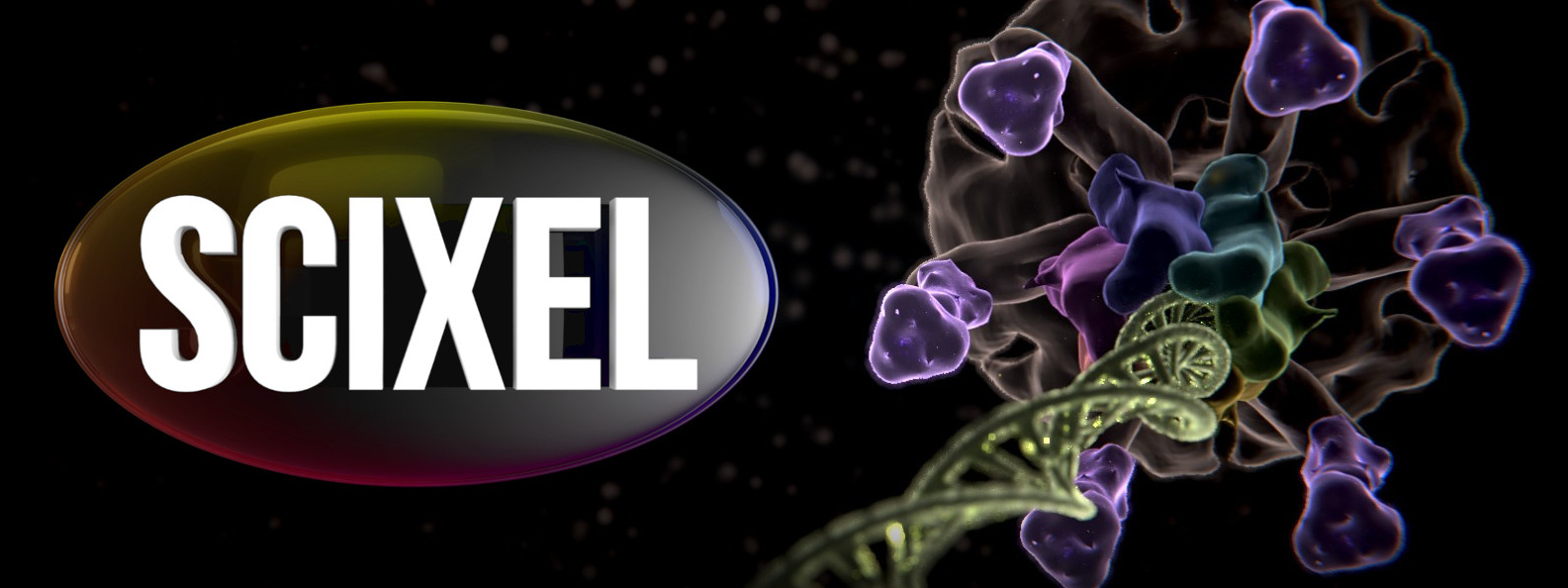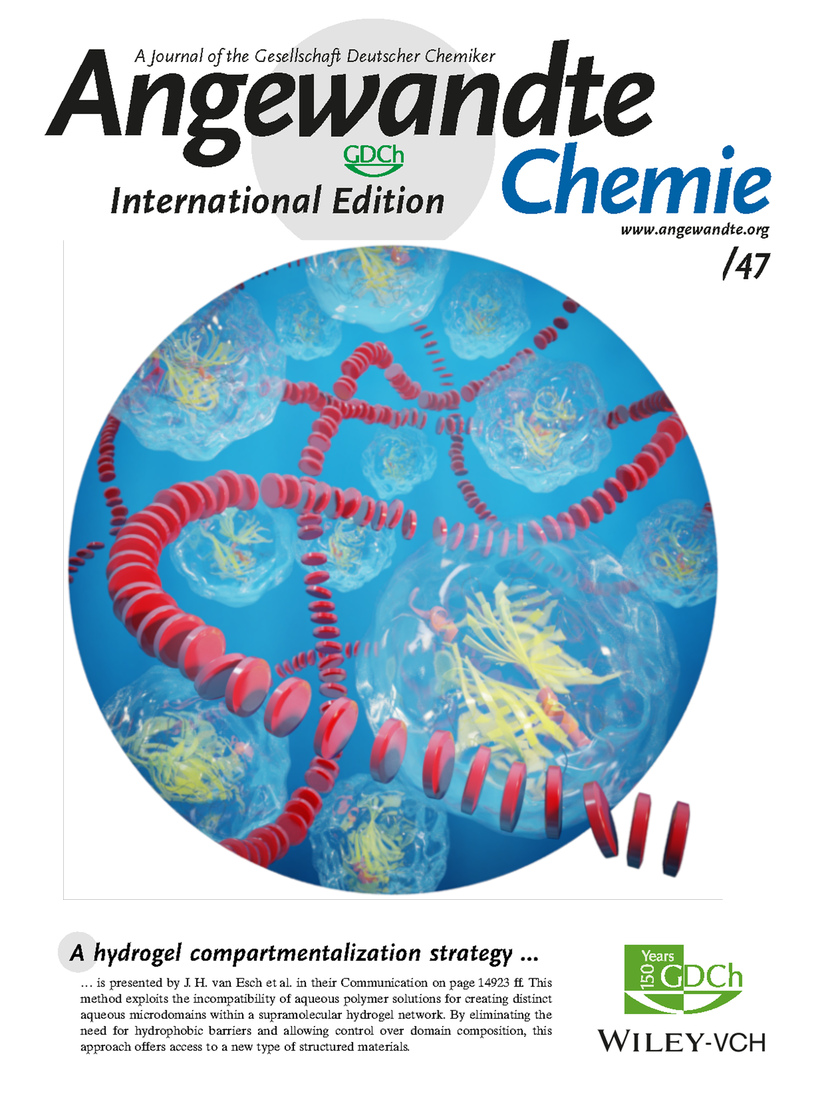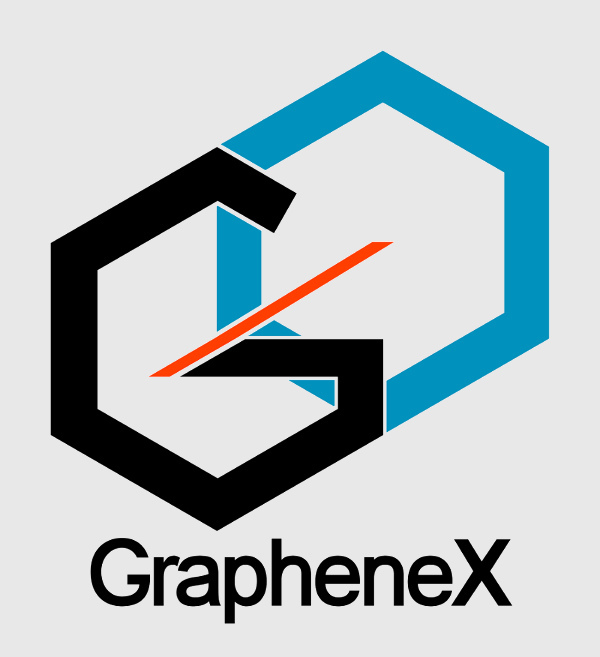Cocaine happens to be one of the most illicit drugs in Europe and US. Yet, estimations say there are around 17 million users worldwide. This together, makes important the detection of cocaine and having devices able to precisely measure a wide range of cocaine concentrations in street samples. At TU Delft, together with the Netherlands Forensic Institute Lukasz Poltorak et al. have proposed a successful method which allows not only the detection of very different concentrations of cocaine but also the analysis and detection of cutting agents.
Tag Archives: TuDelft
Industrializing entanglement
It is hard to imaging the making of the first transistor, now that we make them by the millions. How did we went from making a single, precious and delicate transistor to its mass production?
In a way we are living that very same moment with quantum entanglement (QE). Just months ago the QE of two particles meant a huge achievement. Today, ‘on demand’ entanglement links have been reported in Nature. Quantum entanglement is the pillar of a secure quantum internet. So a way to establish fast and stable links between particles is needed. Thanks to Prof. R. Hanson (QuTech and Kavli Institute of Nanoscience, TuDelft), we are at the verge of QE mass production.
As it is explained at TuDelft website “First of all, they demonstrated a new entanglement method. This allows for the generation of entanglement forty times a second between electrons at a distance of two metres. Peter Humphreys, an author of the paper, emphasises: ‘This is a thousand times faster than with the old method.’ In combination with a smart way of protecting the quantum link from external noise, the experiment has now surpassed a crucial threshold: for the first time, entanglement can be created faster than it is lost.”
Michel van Baal kindly asked for our help in the making of a picture of quantum network. We feel kind of proud been close witnesses of these important discoveries.
Packing DNA
Eukariotic cells face a hard to picture space problem: to pack a 2 meter long molecule into a 6 microns in diameter sphere. Not only that, the cell must be able to pack and unpack this DNA locally in order to perform its functions.
A protein called Condensin has been long known to be related to the DNA packing process, but until last year, the way this protein worked was still a mystery. Prof. Cees Dekker has directed the research that has unveiled this secret. For us, non biologist it is hard to understand how important this is and its repercussion, but the fact that it has been published in Science gives us a hint. This work is a collaboration between TuDelft (Netherlands) and EMBL (Germany).
Thanks to this research we know now how Condensin traps the DNA and uses its ring to drag the DNA forming a loop. Together with the people of TuDeflt we made this video explaining the motor function of this protein.
We are particularly proud of the music piece… hope its epicity expresses both the importance of the finding and the pride we’ve felt when they let us participate in the project.
Packing with hydrogels
Do you need to structure your macromolecules in your water solution? Now it is possible. By forming the low-molecular-weight hydrogel throughout all phases of all-aqueous emulsions, distinct, micro-compartmentalized materials were created. This structuring approach offers control over the composition of each type of the compartments by directing the partitioning of objects to be encapsulated.
We created this cover for Department of Chemical Engineering at TU Delft, with the help of Serhii Mytnyk.
On how to build a synthetic cell
One of those things that make you wonder “is this even possible?” while your jaw is still dropping.
Then Netherlands are funding the consortium BaSyC in order for them to build a synthetic biological cell. It is hard to foresee what new pieces of knowledge and technology this research will produce. But in the short term, by building a cell bottom-up, we will learn to understand the cell at its most fundamental level.

The BaSyC consortium includes the University of Amsterdam, the Radboud University, the University of Wageningen, the Vrije University of Amsterdam, as well as our old friends in TuDelft. Actually they were the one that contacted us to make this animation illustrating the process.
Click here if you want to know more about the project.
A Graphene Odissey
I know I say this a lot, but one of the main benefits of this job is that you get to know about cool projects like that of GrapheneX. Simply put, the GrapheneX team from TUDelft, is studying the potential use of graphene-based materials as solar sails. Light from the Sun or a laser beam is used to transfer momentum to a sail making possible to move low mass objects.
This transport technology has already been successfully tested for low-Earth orbit applications, navigation control, and Solar System exploration. The main handicap is the low thrust generated by radiation pressure. The solution?, designing sails with very low density but still with high Young’s modulus, high tensile strength and highly stretchable. Does this ring a bell? yes, it is graphene again.
The multinational GrapheneX team (Santiago J. Cartamil, Rocco Gaudenzi, Vera A. E. C. Janssen and Davide Stefani) won the ‘Drop your Thesis 2017’ competition. This means, this November, they will start to make experiments on microgravity at the Bremen Drop Tower.
On a minor note, they asked Scixel to design the logo and here it is. And if everything goes as expected, there is more funny stuff to come. So stay tuned.
Graphene, now in full colour
Researchers from the Graphene Flagship at TU Delft have found a new potential application for graphene: mechanical pixels. By applying a pressure difference across graphene membranes, the perceived color of the graphene can be shifted continuously from red to blue.
In this simulation, requested by Santiago Cartamil and performed by Scixel, graphene changes its colour depending on its own deformation. These pixels, which do not emit light themselves but are visible in sunlight, could lead to energy-efficient colour displays that can be used in devices such as e-books and smart watches.
Are we witnessing a change of paradigm?




